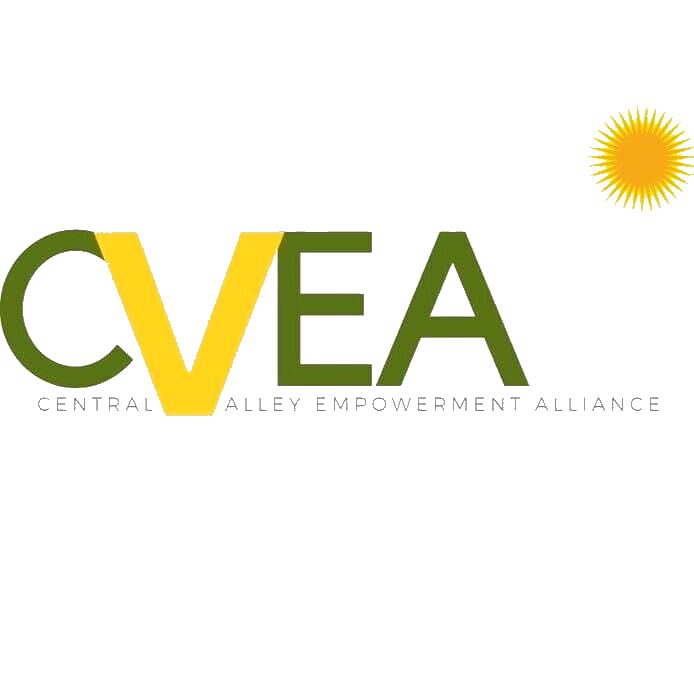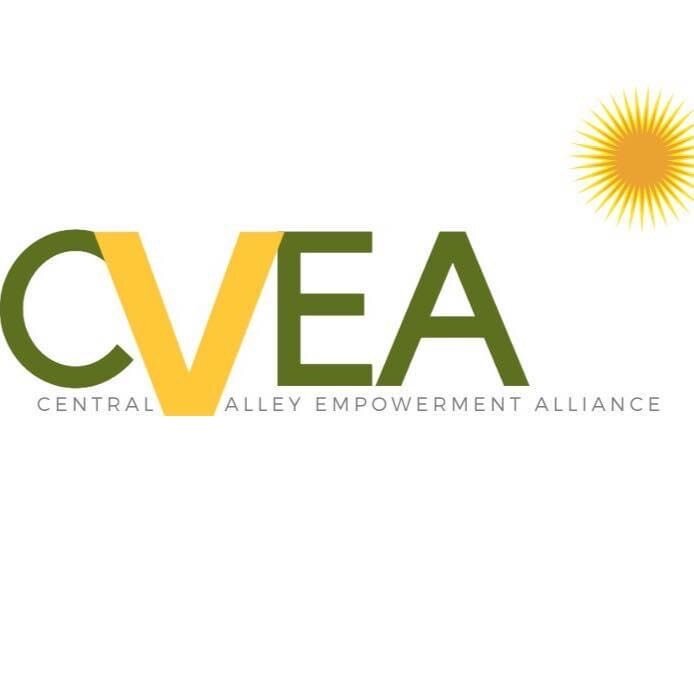This Is How We Honor Civil Rights Leaders - MLK, Rosa Parks, Larry Itliong, Cesar Chavez and Many More In Rural California
Trump’s rhetoric behind California’s big gains in Latino voter registration:
BY LEWIS GRISWOLD JANUARY 12, 2021JANUARY 13, 2021
First Punlished in CAL MATTERS 1/12/2021
Voters cast early ballots, Saturday, Feb. 29, 2020, at the vote center inside the Martin Luther King Jr. Library in San Jose, Calif. Photo by Karl Mondon, Bay Area News Group
IN SUMMARY
Trump’s harsh rhetoric, competitive elections, and efforts to get out the vote all led to significant gains in Latino voter registration in 2020.
President Donald Trump’s harsh rhetoric toward Latinos and failed promise to build a wall may well be the driving force behind a significant increase in Latino voter registration in California.
Voter registration advocates point to the galvanizing political climate of the Trump era as one of the reasons behind double-digit registration increases in heavily Latino counties, as well as a solid increase statewide.
Trump’s “rhetoric against immigrant communities” backfired, instead motivating younger Latinos to register to vote, said Janet Bernabe, regional coordinator in Riverside for Mi Familia Vota, a non-partisan social justice group.
Latino voter registration also was boosted by competitive elections, mobilization by political parties and activists, and possibly a new factor in the nation’s most populous state — automatic motor voter registration.
All told, Latino voter registration increased about six percentage points across the state last year. But the percentage of eligible Latino voters registered to vote still lags behind the registration rate of California’s total eligible population, research shows.
‘I wanted to know who won’
Latino community organizers are trying to close the gap.
“A lot of people in the Latino community don’t understand the process,” said Bernabe. “It’s intimidating, especially for first time voters.”
Selena Aguilera, a resident of Poplar in Tulare County, a volunteer for the Central Valley Empowerment Alliance, talks on her cell phone in October urging support for Proposition 21. Aguilera registered to vote for the first time in October. Photo courtesy of Arturo Rodriguez
Selena Aguilera, 23, is one of those first-time voters. A college student living in Poplar in Tulare County, she’s the daughter of immigrants and her father is employed by a farming company.
Aguilera cast her first vote in the November election.
She said a girlfriend who is undocumented and cannot vote urged her to register. When her ballot arrived by mail, Aguilera did some Google research on the propositions, consulted a friend, filled it out and mailed it in.
“I was excited,” she said. “I wanted to know who won.”
Jose Serna, 32, also lives in Poplar. He’s the manager of a wrecking yard, and is married with three stepchildren and a baby boy. Lately he’s been a volunteer for an immigrant rights organization in Porterville.
He registered to vote in 2016 at the urging of his sister, a volunteer at the immigrant rights organization, but didn’t vote.
“I was younger then, and nothing really politically affected my day to day, but after that when Trump was elected, I started seeing how much that affected me,” he said. “Our customers were immigrants, were people affected by what’s going on.”
Some Latino voters supported the president despite his rhetoric. He improved his margins in a number of majority-Latino counties, especially in Florida and Texas, according to news reports.
Disparity stays ‘roughly the same’
California’s Secretary of State does not track voter registration by race or ethnicity, but researchers mine census and other data to paint a fuller picture of the electorate.
Mindy Romero is the founder and director of the Center for Inclusive Democracy, formerly the California Civic Engagement Project and part of the University of Southern California Sol Price School of Public Policy based in Sacramento.
As a research assistant professor, she studies questions of race and ethnicity in voting. She shared some of her latest research with CalMatters.
Statewide, 88% of eligible voters were registered to vote in the November election, according to the Secretary of State. That’s a 10 percentage point jump in four years.
By contrast, Latino registration rose about six percentage points, to about 75%, according to Romero’s research.
There’s a persistent gap of 10 to 12 percentage points between Latino registration and registration of all eligible voters, she said.
“Everybody’s increasing” in voter registration, she said. However, “the disparity has stayed roughly the same.”
Statewide, 88% of eligible voters were registered to vote in the November election. That’s a 10 percentage point jump in four years.
By contrast, Latino registration rose about six percentage points.
Tulare County in the Central Valley and San Bernardino County in Southern California are both majority Latino — Tulare is 66% Latino, San Bernardino is 54% — and both counties showed big jumps in voter registration between 2016 and 2020.
San Bernardino County saw the biggest increase in the state among large counties of more than half a million people, with 83% of eligible voters registered, according to the Secretary of State. That’s a jump of 15 percentage points in four years.
Tulare County saw the biggest increase among medium-sized counties of 100,000 people to half a million, with 75% of eligible voters registered, up 16 points.
For San Bernardino county, Latino registration increased about 10 percentage points to almost 71% of eligible Latino voters, Romero’s research shows.
For Tulare County, Latino registration increased about 15 points to about 64% of eligible Latino voters.
“People have been motivated by both the Donald Trump presidential races as well as the 2018 midterm elections,” Romero said.
Additionally, “we’ve seen a lot of mobilization across the country, a lot of mobilization within California,” she said.
‘Motivated to get rid of Trump’
Competitive local races also boost voter registration, she said. Congressional races in Tulare and San Bernardino counties in 2018 and 2020 heightened interest and energized groups getting out the vote.
In Tulare County two years ago, Rep. Devin Nunes, R-Tulare, faced a well-funded challenger in prosecutor Andrew Janz of Fresno, a Democrat. The district includes much of Tulare County. Nunes won, but by a lower margin than usual.
In San Bernardino County in 2020, Republican Jay Obernolte won an open seat in Congressional District 8 against Democrat Christine Busber. The district includes Mono, Inyo, and part of San Bernardino County. He won with 56% of the vote, a large margin but less than the winning percentage of incumbent Republican Paul Cook two years earlier.
Voter registration drives are traditionally local affairs involving boots on the ground.
“(Young people) think they have to vote on everything. We tell them to not vote (on a proposition) if they are not comfortable. We want them to be thinking.”
SUZANNA AGUILERA-MARRERO, TULARE COUNTY DEMOCRATIC CENTRAL COMMITTEE
Suzanna Aguilera-Marrero of Visalia is a member of the Tulare County Democratic Central Committee. “We’ve been doing voter registration at the high schools,” she said. “By law, we have two days a year to go to the schools.”
Young people “think they have to vote on everything,” she said. “We tell them to not vote (on a proposition) if they are not comfortable. We want them to be thinking.”
Mari Perez-Ruiz is chair of the California Democratic Renters Council, a grassroots organization that has been active in Tulare County urging a yes vote for the rent control Proposition 21, which did not pass.
“At every event we’ve been registering voters,” Perez-Ruiz said.
Jo Ann Bollen is chair of the voter registration committee of the San Bernardino County Democratic Central Committee, and field director for the local chapter of Field Team 6, whose slogan is “Register Democrats, Save the World.”
“People were so motivated to get rid of Trump,” she said.
The opening line she used when approaching potential prospects at college campuses, the courthouse, bus depot and Food 4 Less was “Excuse me, can you help me save the world from Trump?”
“We could have done even more if we didn’t have the pandemic,” she said. The pandemic all but eliminated face to face interaction.
In Tulare County, Republican Central Committee member James Henderson said “the swing to the hard left of the Democratic Party,” population growth, more conservatives moving to the area and motor voter registration boosted registration numbers.
“We made the strategic decision to prioritize voter turnout of already registered voters.”
PABLO RODRIGUEZ, EXECUTIVE DIRECTOR OF COMMUNITIES FOR A NEW CALIFORNIA
In April 2018, automatic voter registration took effect at the Department of Motor Vehicles. Anyone getting a new driver’s license, license renewal or address change is automatically registered to vote unless that person opts out. The law also requires pre-registration of those under 18 years old, who would be automatically registered when they turn 18.
The purpose of the law mandating “motor voter” registration was to make it easier to register to vote, according to the law’s author, Assemblywoman Lorena Gonzalez, D-San Diego.
For community organizers, automatic voter registration makes voter registration drives less crucial, said Pablo Rodriguez, executive director of Communities for a New California.
“We made the strategic decision to prioritize voter turnout of already registered voters,” he said. “For the same budget as a voter registration campaign, we can now directly engage via phone and door-to-door canvassing three to four times the total number of voters that a voter registration campaign would.”
Automatic registration does appear to be pushing up voter registration numbers slowly but steadily, said Romero, the voting trends researcher, who co-authored a study about it for the Public Policy Institute of California.
But the same voters might have registered anyway, she said.
“We need more data years under our belts to be able to say that definitely,” Romero said.
Votebeat is a national media collaboration about the administration and integrity of, and issues regarding, the unprecedented 2020 election. In California, CalMatters is hosting the collaboration with the Fresno Bee, the Long Beach Post and the UC Berkeley Graduate School of Journalism.
Lewis Griswold
Lewis is a Votebeat reporter covering election integrity. He lives in Visalia in the San Joaquin Valley. For 22 years, he was a reporter at The Fresno Bee covering agriculture, water, environment, police,... More by Lewis Griswold



